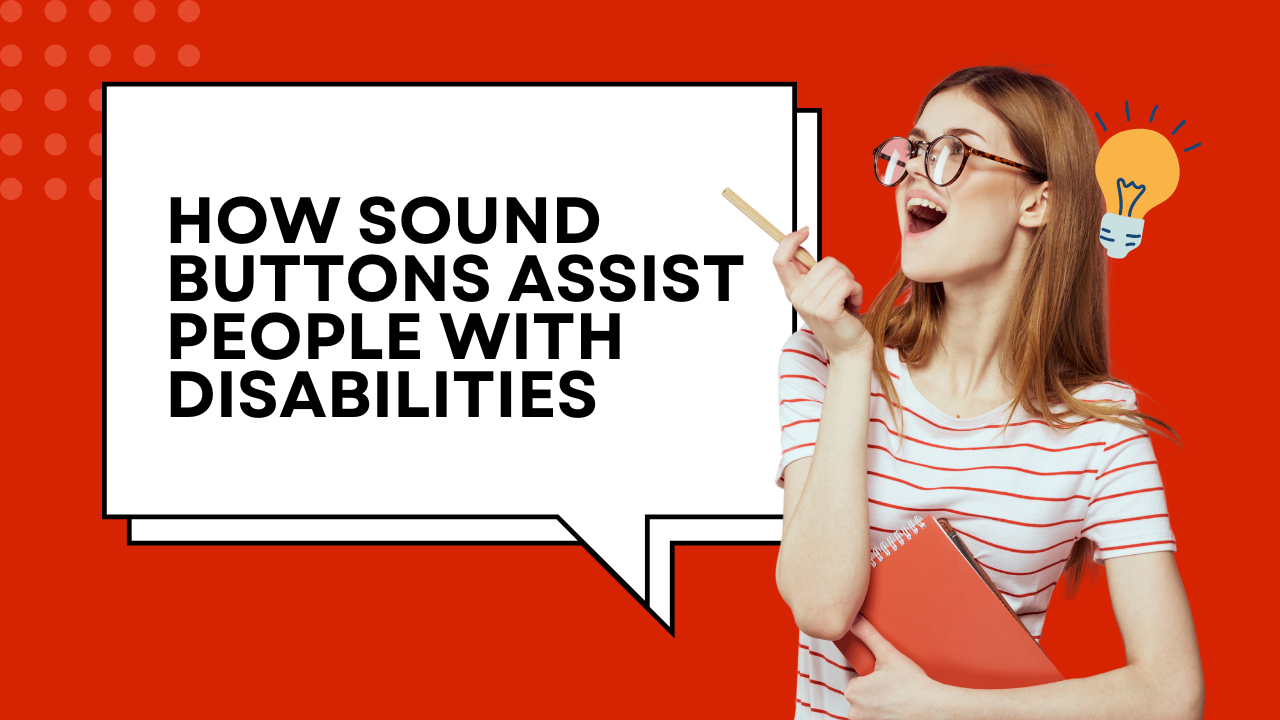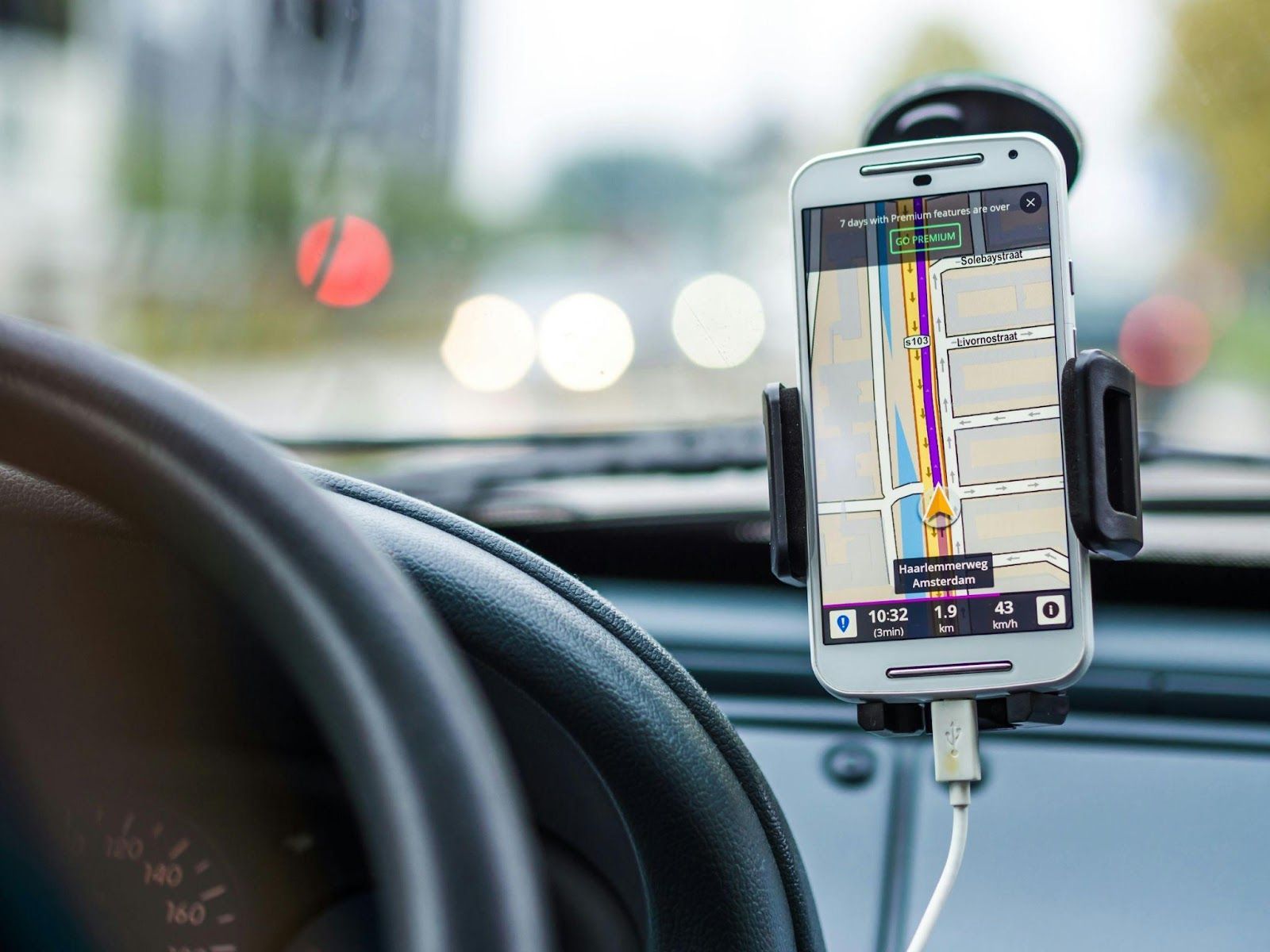Accessibility and Inclusivity: How Sound Buttons Assist People with Disabilities
Technology is breaking down barriers and building opportunities for people with disabilities in the world today. Of all the tools intended to aid accessibility and inclusivity, sound buttons might be one of the trickiest and most versatile seeming ones out there. Although they are most commonly associated with humor, meme sharing or event hosting; some sound buttons are being used in newer ways to help individuals with disabilities communicate, navigate and perform daily activities. Read how sound buttons are helping build a more accessible and inclusive world in this article.

What are sound buttons?
Sound buttons are tools (physical buttons or digital interfaces) that play a specific sound or audio clip when pressed. These sounds can include:
Pre-recorded messages
Alert sounds
Instructions or commands
Audio cues for navigation
Signals of emotion, such as laughter or applause
There are lots of different kinds of sound buttons, including things like smartphone apps, physical buttons of stuff that’s pre-recorded on a soundboard and digital soundboards that people can customize.
Sound Buttons and Communication Assistance :
Sound buttons are a significant communication tool for individuals who have difficulties speaking or communicating. Individuals with conditions such as autism, cerebral palsy or difficulty speaking are often unable to express themselves verbally. Sound buttons are a form of communication with pre-recorded or programmable audio cues.
Expressing Basic Needs: Sound buttons (pre-recorded) can say, “I need water,” “I’m hungry,” and “Help me.”
Non-Verbal Communication: Individuals who are non-verbal can pair emotional states or thoughts with buttons producing sound.
Customizable: Apps and devices allow caregivers or individuals to program specific messages based on individual need.
These bring visibility and allow communication that result in more independence and reduced frustration.
Navigation and Mobility Support :
For people with visual impairments or cognitive disabilities, navigating public spaces can be challenging. Today, sound buttons are being installed in urban spaces as navigational aids.
Auditory Traffic Signals: Many cities use sound signs or foam buttons in crosswalks that emit a beep or spoken signal on when to cross safely.
Wayfinding SystemsSound buttons in public buildings can give audio cues for finding elevators, bathrooms, or exits.
Assistive Apps: Apps for phones with sound buttons help users navigate and hear when they reach stations and map stops.
This sound makes navigation safer and more accessible for people with vision impairments or cognitive impairments.

Enhancing Accessibility in Education :
Sound buttons are now great resources within inclusive education environments, assisting both educators and students with special needs. They can assist in:
Teaching Instructions: Pre-recordings of instructions pre-recorded on sound buttons assist students in following along without the need for a written or verbal prompt.
Engaging and Immersive Learning: Sound effects and vocal prompts can create an immersive learning environment that is interactive as well.
Alternative Assessments: Sound buttons give students a way to respond to questions, or communicate answers, during an assessment.
“If an elementary school student has a speech delay, they could use a sound button that’s programmed with, ‘I have a question,’ to raise their hand in class,” Chan told I Did This.
Emotional Support and Therapy :
In therapeutic environments, sound buttons are also used as a means to aid emotional coping. Some people with anxiety, autism, or PTSD find this sort of noise soothing.
Calming Sounds: Buttons loaded with soothing sounds — from ocean waves to white noise — can ease feelings of anxiety.
Sound Buttons: Users can use sound buttons to express emotions, like laughter or applause.
Routine Reinforcement: Telemate provides pre-recorded reminders to help users stay on track with their daily routines.
Therapists and caregivers frequently incorporate sound buttons into sensory therapy sessions, where providing comfort and structure can be important.
Accessibility in Public Spaces :
To have sound buttons added in public areas is a significant measure toward inclusiveness. For instance:
Elevators: Chimes tell you what floor levels and directions..
Information Kiosks : Sound buttons on information kiosks serve the needs of people who can not read text-based guidance.
Washroom Facilities : Audio supported restrooms featuring sound-buttons with instructional voice narratives for the convenience of those who use them.
At the time that this comment was written, such practices guarantee that people with disabilities in fact go into public facilities alone and securely.
Technology and Innovation in Sound Buttons :
Modern advancements have greatly improved the sound button, making it more adaptable and personalized.
Integrated with the smart home system, sound buttons not only control lights and temperature for users but also household appliances.
AI-Powered Responses, Artificial Intelligence can make sound buttons more contex-aware and responsive.
Voice Activation: Some sound buttons are voice activated to provide hands-free help.
These technologies open up new possibilities for how sound buttons can support people with disabilities.
Case Studies: Real-Life Impact of Sound Buttons :
Communication Aid for Non-Verbal Children:
In a special education classroom, sound buttons have helped non-verbal students participate in group activities. For example, a child may press a button to intone "yes" or "no," or announce their incomprehension altogether so that communication becomes smoother and more convenient than otherwise it could possibly dare be.

Navigating Public Transport:
Visually impaired people use sound buttons at bus stops in city environments to hear the route information and bus schedules.
Supporting Elderly Care:
In senior care facilities sound buttons are often used to remind residents when they should take drugs or call for help in an emergency situation.
The practical application of sound buttons shows that the technology has proved really useful in changing people's lives.
Challenges and Limitations :
Although sound buttons provide many benefits, it still presents a number of problems:Customization Limitations Some products do not have advanced arbitrary setting features.There are many individuals who simply cannot afford to buy high-quality sound button systems.Especially with battery life and a variety of hardware glitches, the practicality of sound button systems can be affected by a number of factors.Life button is very important to people.
The Future of Sound Buttons in Accessibility :
If you want to know the future of sound buttons, it looks likely that they will continue to develop and become widely available.
For example, the sound buttons may be integrated into wearable tech on the wrist such as smartwatches.
AI will customize sound buttons according to user behavior and login history.
Incorporating sounds buttons to more places around the world might appear.
The future of sound buttons seems bright, with unbounded opportunities for improving both accessibility and inclusivity.
Final Thoughts :
Buttons that make sounds may seem simple enough, but actually their impact can be quite profound from the perspective of disabled people. Whether it's to enhance communication and navigation, or support education and therapy, these encounters with traditional hand-coded tools are breaking down barriers while fostering independence. Sound buttons, now a popular topic among designers working with technology for people with dis abilities or special needs In an inclusive world, small innovations like sound buttons remind us that accessibility isn’t just about meeting standards--it is about creating meaningful experiences for everyone. Sound buttons as technology matures, will continue to perform an irreplaceable function in getting our society integrated again with nowadays needs Inclusive society, because they'll definitely be used again!